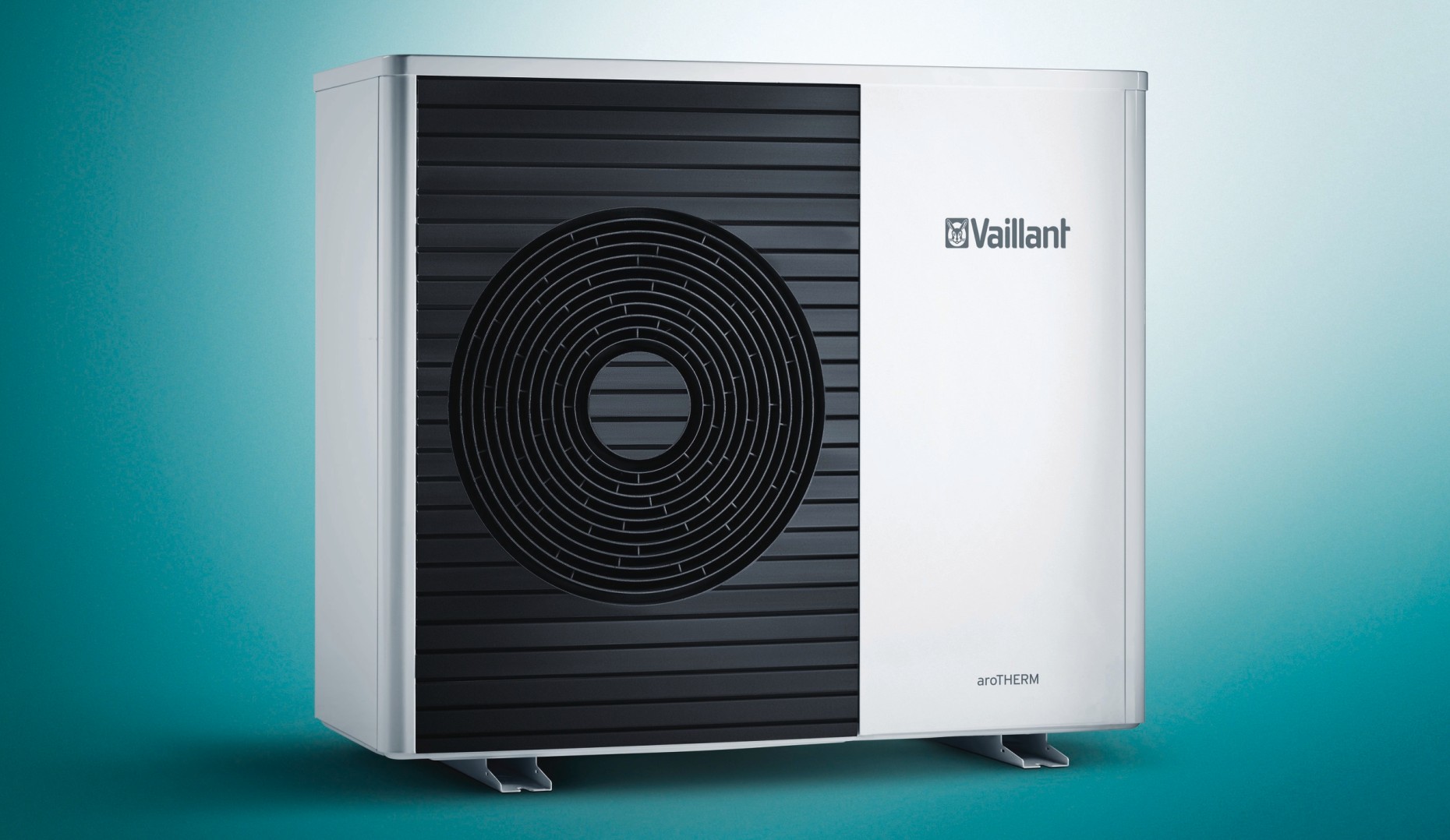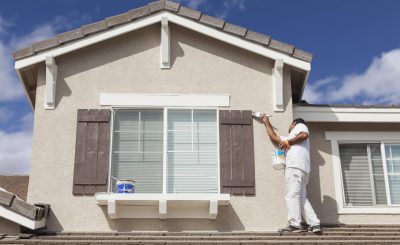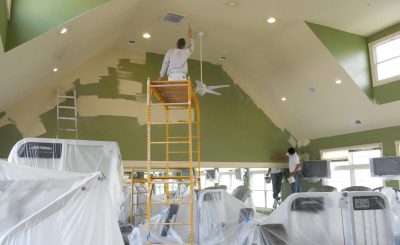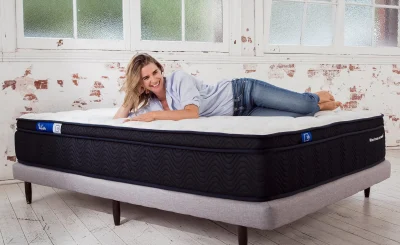õhk vesi soojuspumbad is quickly becoming a popular home heating system of choice. By combining air-source heat pumps with hot water tanks, homeowners can enjoy all the benefits of modern heating technology, such as efficient operation and lower energy bills. In this article, we’ll explore the advantages of air-to-water heat pumps and how they work in today’s homes.
An air-to-water heat pump is a type of appliance that takes thermal energy from the outside air and converts it into usable heat for domestic use inside a home. This process is known as ‘heat exchange’ and involves transferring warm air from outside into the house through a series of ducts and pipes. The resulting heated water is then circulated through radiators or underfloor heating systems to provide heat throughout the property.
Advantages of air-to-water heat pumps
There are many advantages to using an air/water heat pump over more traditional forms of heating. Here are just a few:
1) Energy efficiency –
Air source heat pumps are designed to be energy efficient, returning up to five times more energy than what’s used to power them. Therefore, by switching from oil or gas central heating, you could potentially save hundreds on your annual fuel bills while maintaining comfort levels throughout your home.

2) Low carbon footprint –
As mentioned above, air source pumps don’t require combustion like other fuel sources, which means there are no carbon dioxide emissions produced during their operation. This makes them one of the most environmentally friendly ways to keep your home comfortably heated all year round without contributing to global warming or other climate change issues.
3) Cost-effective installation –
Installing an air source heat pump system is also much easier than installing traditional gas boilers or similar alternatives due to the relatively light weight of the components and the simple installation process, which generally requires only minimal additional space compared to conventional methods such as combi boilers etc.
4) Quiet operation –
Unlike many other types of heating systems, which can be quite noisy when running at full capacity (especially those powered by compressors), air source pumps operate at much quieter decibel levels, making them ideal for those who require peace and quiet in their homes so as not to disturb neighbors or family members!
How does an air-to-water heat pump work?
In order for an air-to-water system to work properly, it must first take in outdoor temperatures via its outdoor compressor, before converting these temperatures into useful thermal energy that can be used in a building’s interior spaces via various indoor components, including fans, coils, etc. This conversion process requires electricity, which is why an air-to-water heat pump is often referred to as an air-to-water heat pump.

This conversion process requires electricity, but because it’s much more efficient than other methods such as direct electrical resistance heating (DREH), consumers will usually see significant savings on their overall utility bills over time due to its superior efficiency over traditional fuels such as gas/oil, etc.
Installation considerations for an air-to-water system
Although the installation of an air source pump may be less complicated than the installation of alternative systems such as boiler units, mainly due to its lighter design features, there are still certain considerations that need to be taken into account before installation work begins on a particular site; these include ensuring adequate ventilation around the unit(s) location(s) plus access points (if required) so that maintenance staff can easily access and regularly check the equipment should any faults occur after the initial commissioning phase has been successfully completed, etc. In addition, proper positioning should also be taken into account when deciding where best to place new units, depending on available floor space restrictions within relevant properties & local weather conditions which will ultimately also affect performance capabilities!
Conclusion
Air Source Heat Pumps offer modern homeowners a cost-effective yet highly efficient way to stay warm during the colder months whilst reducing their impact on climate change & helping to protect our environment for generations to come! With this type of advanced cooling technology now readily available on the market today, there really has never been a better opportunity to take advantage of innovative solutions such as these – especially when looking to reduce costs associated with rising fuel prices & general household expenditure over time too!






